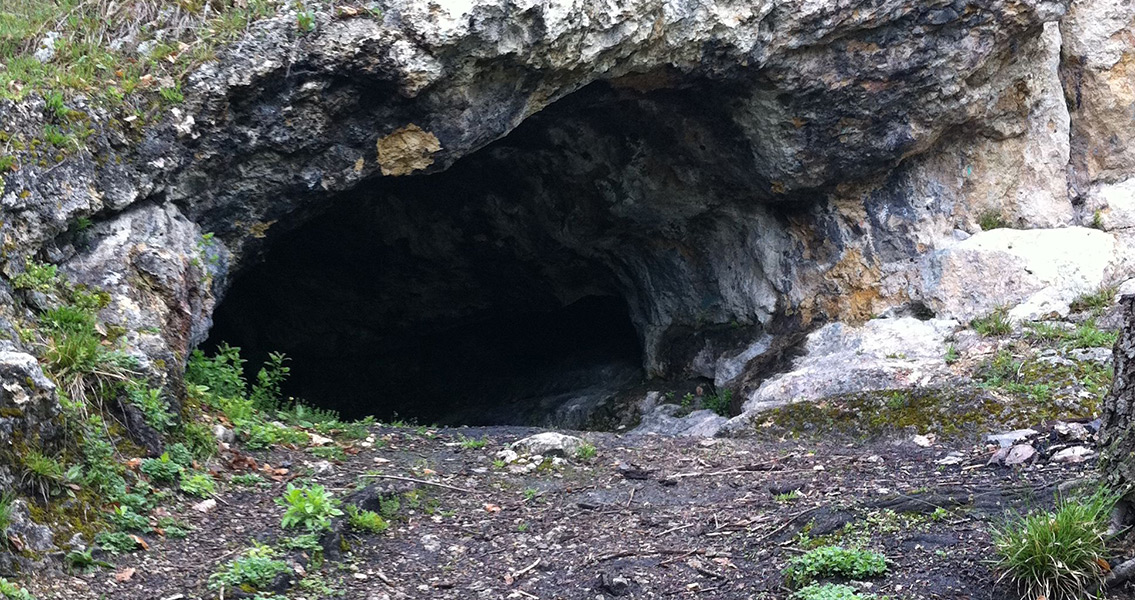<![CDATA[For prehistoric hunter gatherers, rope and twine were critical pieces of technology. Examples of string impressions have been discovered in fired clay, and string and rope were even depicted on rare occasions in Ice Age art. Outside of these examples, practically nothing was definitively known about rope, string or textiles from the Paleolithic era. Until, that is, a key discovery was made by archaeologists working in Germany at Hohle Fels Cave The find is a well-preserved piece of ivory from a mammoth, that had been carefully carved to 20.4 cm (8 in) in length with four individual holes - each between 7 and 9 mm (.28 and .25 in) in diameter. All of the holes are lined with precisely cut, deep spiral incisions. After testing and researching the object, the archaeologists believe that the elaborate carvings on the ivory are indicative of rope-making equipment, as opposed to just decoration. In the past, similar finds have been interpreted as decorative artworks, shaft-straighteners or musical instruments. Due to the object's exceptional state of preservation and rigorous testing by the team from the University of Liège (Belgium), the researchers have been able to demonstrate that the tool was used to make rope out of the plant fibers which were available near the cave. "This tool answers the question of how rope was made in the Paleolithic", Dr. Veerle Rots, who led the team from Liege, is quoted by Phys.org as saying, "a question that has puzzled scientists for decades." The rope-making tool was discovered by excavators working on a team led by Prof. Nicholas Conard, near the bottom of the site’s Aurignacian deposits (Aurignacian relates to the early Upper Paleolithic cultures in the Near East and Europe), which date back to around 40,000 years ago when modern humans began arriving in Europe. The discovery emphasizes the important role that rope and string played in the lives of traveling hunters and gatherers who were trying to deal with the challenges of life during the Ice Age. The Hohle Fels (which in German means "hollow rock") is a cave located near Schelklingen, in the Ach Valley, part of the Swabian Alps in Germany. The site has yielded numerous archaeological finds which date to the Upper Paleolithic, with artifacts which represent some of the earliest musical instruments and prehistoric art ever discovered. Prof. Conard's team have conducted excavations at Hohle Fels for the last 20 years, and it’s a long-term commitment which has paid off repeatedly, making Hohle Fels one of the most well-known Paleolithic sites in the world. Hohle Fels, along with neighboring sites at the Ach and Lone Valleys, has been nominated for recognition as a UNESCO World Cultural Heritage site. The work at Hohle Fels is funded by the Heidelberg Cement AG, the Ministry of Science of Baden-Württemberg and the Heidelberger Academie of Sciences. Urgeschichtliches Museum in Blaubeuren is currently exhibiting the rope-making tool. ]]>
Paleolithic Rope-Making Tool Discovered in Germany
